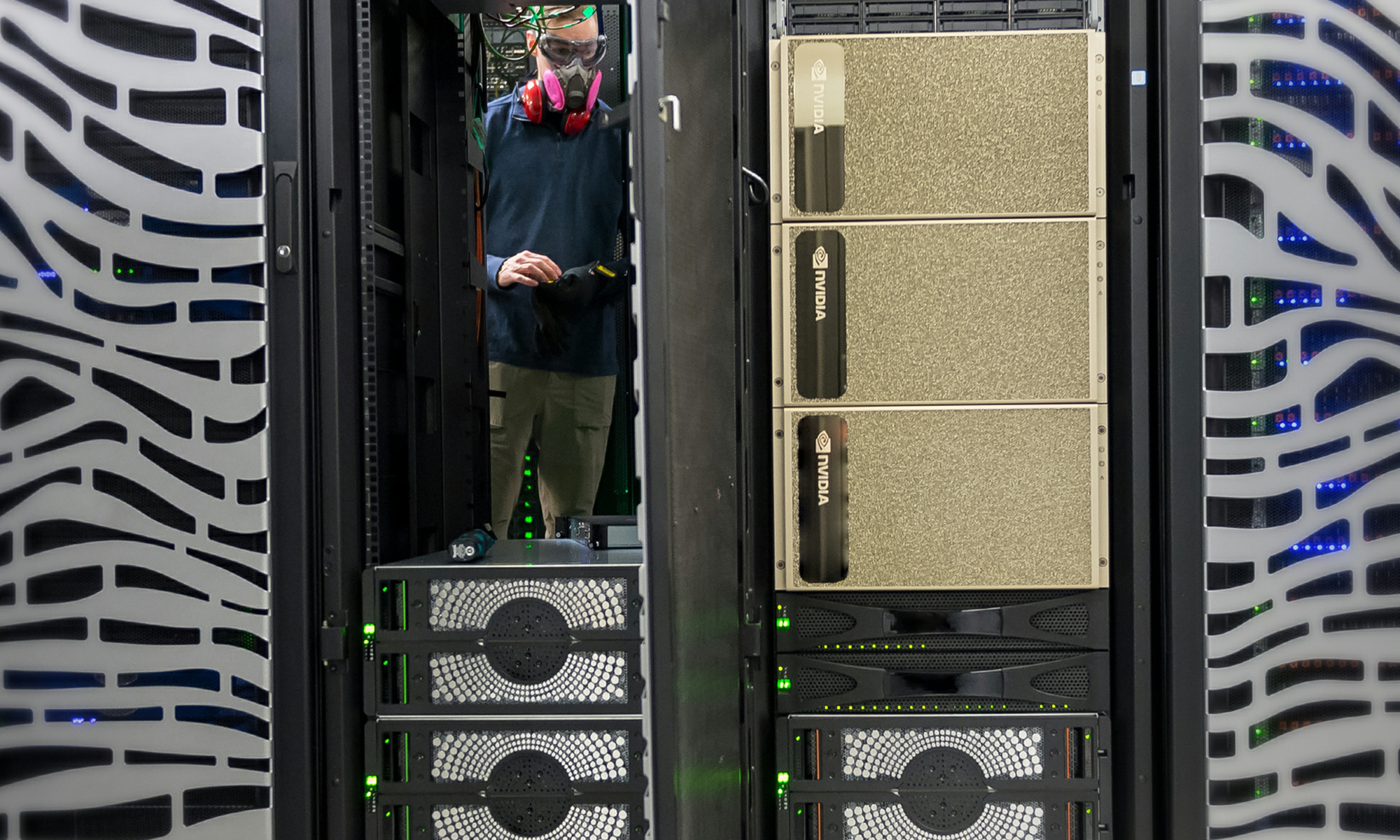Grand View Research expects spending across artificial intelligence (AI) infrastructure, software, and services to increase 550% between 2024 and 2030, creating an enormous opportunity for investors. Two billionaire-led hedge funds with excellent track records bought stock in Nvidia (NVDA +2.92%) and Palantir Technologies (PLTR +0.05%) in the second quarter, as detailed below:
- Ken Griffin's Citadel Advisors added 6.1 million shares of Nvidia, increasing its stake more than 900%. It now ranks as the second largest holding. Citadel also bought 61,100 shares of Palantir to start a small position.
- David Shaw's D.E. Shaw & Co. added 28.4 million shares of Nvidia, increasing its stake more than 200%. It now ranks as his second largest position. D.E. Shaw also purchased 7.6 million shares of Palantir, nearly doubling its stake. It now ranks as the sixth largest position.
Importantly, Citadel and D.E. Shaw are the two most profitable hedge funds in history as measured by net gains since inception. That means both portfolios are good sources of inspiration for individual investors. Here's what you should know about Nvidia and Palantir.

Image source: Getty Images.
1. Nvidia
Nvidia is best known for its graphics processing units (GPUs), a type of chip the company invented to revolutionize computer graphics. However, GPUs have become essential in accelerating artificial intelligence (AI) workloads in data centers, and Nvidia GPUs are the gold standard. The company has over 80% market share in AI accelerators, and should be able to maintain its dominance due to two competitive advantages.
First, its CUDA software platform is an unparalleled ecosystem of code libraries, pretrained models, and frameworks that streamline AI application development across a broad range of use cases. That includes everything from generative AI and predictive analytics systems to autonomous vehicles and humanoid robots.
Second, Nvidia complements its GPUs with CPUs, interconnects, and networking equipment to create rack-scale data center solutions. That ability to optimize across the entire computing stack lets the company design systems with a lower total cost of ownership compared to its competitors. CEO Jensen Huang has said Nvidia GPUs are "so good that even when the competitor's chips are free, it's not cheap enough."
Wall Street expects Nvidia's earnings to increase at 36% annually over the next three years, an estimate that aligns with the anticipated growth in AI spending during that period. That makes the current valuation of 51 times earnings look reasonable. Investors should bear in mind Nvidia has historically been volatile, falling more than 50% from its record high seven times since its IPO in 1999. But for risk-tolerant investors, now is a good time to buy a small position.

NASDAQ: PLTR
Key Data Points
2. Palantir Technologies
Palantir develops data analytics and artificial intelligence software for the commercial and government sectors. Its core data analytics platforms help businesses organize and make sense of complex information, which theoretically supports better decision-making. And its adjacent AI platform lets businesses build large language models into workflows and applications.
The investment thesis for Palantir centers on its ability to help customers operationalize AI. While numerous companies provide AI development tools, businesses often struggle to design products that create real value by improving productivity or operational efficiency. Palantir solves that problem. Chief Revenue Officer Ryan Taylor explained, "Our unique capability lies in moving from prototype to production."
Independent analysts have lavished Palantir with praise. The International Data Corp. (IDC) has recognized the company as a leader in decision intelligence software. Dresner Advisory Services listed Palantir as a leader in its latest market study on AI, data science, and machine learning (ML) platforms. And Forrester Research also ranked the company as a leader in AI/ML platforms.
However, while those accolades certainly support management's assertion about its software architecture being unique, the stock still trades at an outrageously expensive valuation. The current price-to-sales (PS) ratio is 134, which is the highest multiple in the S&P 500 several times over. The closest contender is AppLovin at 41 times sales. That means Palantir could lose two-thirds of its value and still be the most expensive stock in the index.
The risk-reward profile for Palantir is heavily skewed toward negative outcomes for shareholders because the current valuation is simply unsustainable. That does not mean the stock will crash anytime soon, though it certainly could, but investors should still keep any positions small to avoid colossal losses in the future.









